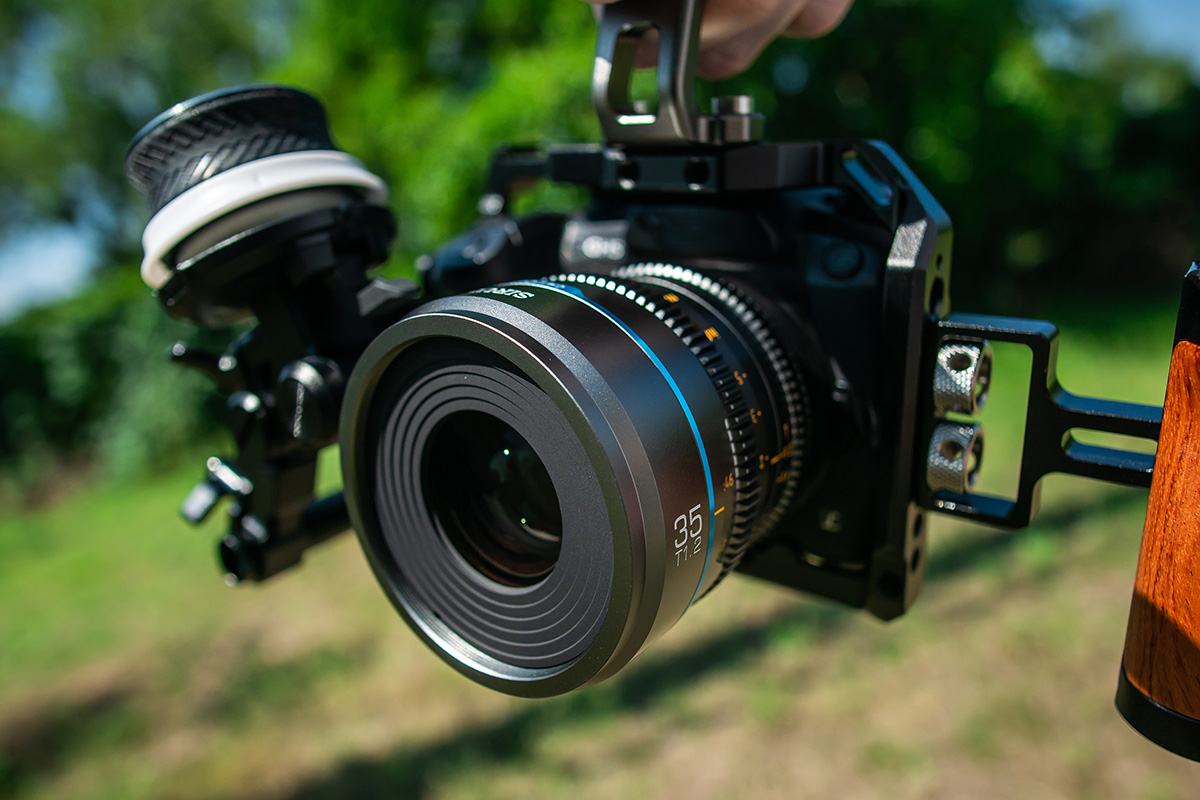Read our comprehensive guide on the different types of lenses, their advantages and disadvantages, as well as use cases. We also recommend which lenses both beginners and professionals should invest in.
The stylish lens on the camera body is the eye of your camera and shapes the image projection on the sensor. Anyone who wants to be successful as a photographer or videographer should definitely familiarize themselves with the different types of lenses and how they work. In total, there are four different camera lenses that differ according to their functionality and their use in various scenarios.
Types of Lenses:
1. Prime Lenses
They have a fixed focal length, which might make them seem limited as lenses, but in fact, they are appreciated by professional photographers for their consistent results. The sharpness, performance in low light conditions, and shallow depth of field you achieve with such a lens are significantly better than with any other lens system.
With a prime lens, no elaborate zooming in and out is possible, but you get significantly larger apertures and a more compact camera lens. The lighter weight makes them popular among many outdoor photographers who want a lightweight lens.
Standard prime lenses are available in focal lengths from 50 mm to 85 mm, also called normal lenses. There are also wide-angle primes between 14 mm and 35 mm and short telephoto primes between 85 mm and 135 mm. Anything over 200 mm falls under the category of telephoto prime lenses.
Each lens has its own advantages. Telephoto lenses, for example, are designed for a narrow field of view and can capture distant subjects such as wildlife, sports, and events. Wide-angle lenses are excellent for vast landscapes, interiors, and architecture, while normal lenses are great for portraits and everyday photos.
2. Zoom Lenses
As the name suggests, unlike prime lenses, they can zoom. There are different types: lenses with a zoom range from 24 to 70 mm and up to 24 to 105 mm are called standard zoom lenses.
Additionally, there are two more categories with higher zoom values: telephoto lenses with focal lengths from 70 to 200 mm and 100 to 400 mm, as well as superzoom lenses with focal lengths from 18 to 200 mm and 28 to 300 mm.
Although they offer zoom, they are significantly heavier and show optical quality losses when zooming in (newer generations have few of these). They also often offer significantly smaller apertures than prime lenses. Nevertheless, they are an excellent option for anyone who wants to photograph popular subjects for travel, events, and other situations without having to change the lens depending on the situation.
3. Macro Lenses
These lenses allow 1:1 reproduction of close-ups with exceptional detail and are very popular among professionals in nature (flowers, insects, etc.) and product photography.
4. Anamorphic Lenses:
These lenses have special optics that compress the video material inward, creating a cinematic feel. The original material is not cropped, so resolution and detail richness are preserved. Previously, these lenses were only found in Hollywood due to their cost and size. However, newer generations of these lenses are affordable and deliver impressive, professional footage.
5. Cine Lenses:
Cine lenses resemble conventional videography lenses but have features typically not found in photo lenses. They are used in film production where professional output quality is required.
They are characterized by robust construction and smooth, dampened focus with aperture rings that allow precise and repeatable adjustment. The lens housing also features clickless aperture rings that are silent when adjusting.
6. Specialty Lenses:
An example of this is starburst lenses, which create an ultra-wide angle (often between 8 and 15 mm) and cause strong visual distortion. They are often used to mimic the visual representation of living organisms or simply for creative purposes in many media fields. Another common lens system is the tilt-shift lens, which allows correction of perspective distortions by controlling the focus plane.
Which lens is right for you?
After learning about the camera lens types mentioned above, you can easily select a category according to your niche. Professional photographers always invest in camera lens systems that fit as reliably as possible into the camera body ecosystem with the respective mount and have a high light intensity. All this is offered by the latest SIRUI Night Walker T1.2 camera lens system, which is available in various focal lengths.
With its high light intensity of T1.2 for exceptional performance in low light conditions, this lens is compatible with Super-35 sensors and impresses with its compact design at an unbeatable price. You can choose between different focal lengths depending on your needs; for example, if you want to achieve bokeh for portraits, choose the 75 mm lens system. For a wide field of view with minimal distortion, the 16 mm lens is best suited.





